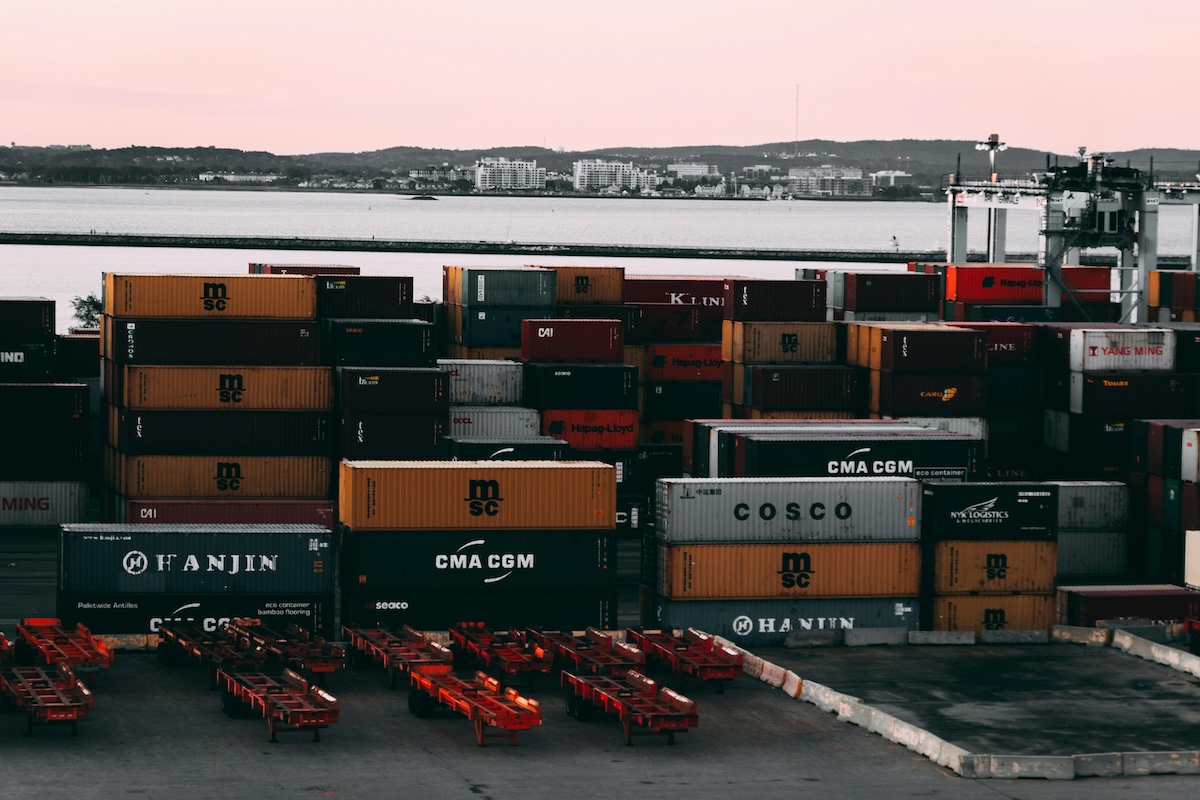Deterring Diversion of Export Controlled Items

Article Summary
Export-controlled items include dual-use technologies and sensitive defense articles regulated under U.S. laws like EAR and ITAR.
Diversion prevention protects national security, avoids legal penalties, and ensures compliance with export regulations.
KYC (Know-Your-Customer) due diligence involves vetting customers and intermediaries to prevent unauthorized re-export or diversion.
Automated screening ensures real-time compliance by checking entities against restricted and denied-party lists.
End-use monitoring involves tracking how and where exported items are used post-shipment to prevent misuse or diversion.
Export controlled items—ranging from dual-use technologies to sensitive defense articles—are tightly regulated under U.S. laws like the Export Administration Regulations (EAR) and International Traffic in Arms Regulations (ITAR). One of the greatest compliance challenges is preventing the unauthorized re-export or diversion of these items to unintended end-users, end-uses, or destinations. Diversion not only undermines national security but also exposes companies to severe legal penalties, reputational damage, and loss of export privileges. Therefore, establishing a strong deterrence framework is essential to maintaining control over sensitive exports and ensuring responsible global trade practices.
1. Assertive Know-Your-Customer (KYC) Due Diligence
Assertion: Effective diversion deterrence begins with knowing exactly who you're doing business with.
Evidence: Exporters must implement rigorous KYC processes, including detailed questionnaires, end-use statements, and third-party screening of customers and intermediaries. This is especially important when dealing with freight forwarders, resellers, and distributors in high-risk regions. U.S. enforcement agencies have flagged numerous cases where items were diverted through intermediaries acting on behalf of embargoed nations.
Outcome: Strong KYC due diligence minimizes the likelihood of supplying controlled items to front companies or shell entities, thus reducing the risk of diversion before shipment occurs.
2. Automated Restricted Party Screening
Assertion: Continuous, automated screening of entities and individuals is crucial for real-time compliance.
Evidence: Exporters are required to screen parties against restricted and denied-party lists maintained by the U.S. Departments of Commerce, State, and Treasury. Manual screening is prone to human error and can quickly become outdated. By contrast, integrated software solutions can automatically update and scan data against dozens of global watchlists, including the Entity List and Specially Designated Nationals (SDN) list.
Outcome: Automated screening provides timely alerts and improves accuracy, enabling businesses to stop transactions with high-risk actors before export and after-sale diversion attempts occur.

3. Use of Export Control Compliance Agreements
Assertion: Binding legal agreements with customers are a proactive way to prevent post-shipment diversion.
Evidence: Exporters can include B'export compliance clauses' in sales contracts and distribution agreements that prohibit re-export without prior authorization. These may specify the regulatory obligations, require notification of resale, or impose penalties for non-compliance. In certain sectors, such as aerospace or defense electronics, these clauses are not only standard but necessary to fulfill end-use monitoring requirements.
Outcome: Legal agreements create a contractual obligation that disincentivizes diversion and gives the exporter legal recourse if violations occur.
4. End-Use Monitoring & Post-Shipment Verification
Assertion: Monitoring how and where your products are used after shipment is a critical deterrent strategy.
Evidence: End-use monitoring can include customer audits, serial number tracking, and requests for periodic usage reports. Additionally, government programs like the Blue Lantern and Golden Sentry initiatives conduct on-site inspections to verify the proper use of defense articles. Exporters can work with freight forwarders, foreign affiliates, or third-party investigators to confirm the destination and use of high-risk items.
Outcome: Active monitoring reinforces compliance expectations, discourages diversion, and provides evidence of due diligence if enforcement agencies investigate.
Conclusion
Deterring the diversion of export-controlled items requires a layered and proactive approach that begins with customer vetting and extends to post-shipment oversight. Exporters must integrate compliance into every stage of their supply chain by applying tools such as KYC checks, automated screening, contractual safeguards, and end-use verification. These measures, when used in combination, not only fulfill legal obligations but also build trust with regulators and partners. In today’s complex geopolitical environment, effective diversion deterrence is more than a best practice—it’s a business imperative that protects national security and commercial integrity.
Key Points
What are export-controlled items, and why are they regulated?
- Export-controlled items include dual-use technologies and sensitive defense articles with both civilian and military applications.
- These items are regulated under U.S. laws like the Export Administration Regulations (EAR) and International Traffic in Arms Regulations (ITAR).
- The goal is to prevent unauthorized use, protect national security, and ensure responsible global trade practices.
Why is preventing diversion critical for exporters?
- Diversion occurs when export-controlled items are re-exported or redirected to unauthorized end-users, end-uses, or destinations.
- It undermines national security, exposes companies to legal penalties, damages reputations, and can result in the loss of export privileges.
- Effective diversion prevention ensures compliance and protects sensitive technologies.
What role does KYC due diligence play in diversion deterrence?
KYC (Know-Your-Customer) due diligence is the first line of defense against diversion. It involves vetting customers and intermediaries through:
- Detailed questionnaires
- End-use statements
- Third-party screenings
This process helps identify high-risk entities, such as freight forwarders or resellers in embargoed regions.
How does automated restricted party screening enhance compliance?
Automated screening uses software to continuously check entities and individuals against:
- Restricted and denied-party lists maintained by U.S. agencies.
Unlike manual screening, automated systems are:
- More accurate
- Timely
- Capable of B'real-time updates
This helps businesses prevent transactions with high-risk actors.
What are export control compliance agreements, and how do they work?
- These agreements are binding legal clauses included in sales contracts or distribution agreements.
- They prohibit unauthorized re-export, specify regulatory obligations, and impose penalties for non-compliance.
- Compliance agreements deter diversion and provide legal recourse in case of violations.
What is end-use monitoring, and why is it important?
End-use monitoring tracks the usage and location of exported items after shipment.
Methods include:
- Customer audits
- Serial number tracking
- Periodic usage reports
Government programs like Blue Lantern and Golden Sentry also conduct on-site inspections.
This proactive approach reinforces compliance, discourages diversion, and provides evidence of due diligence.










